Carnegie + Fire Engine RED’s Student Search Teams Unite!
Fire Engine RED's Student Search team has joined Carnegie!
We’re excited to announce that Fire Engine RED’s Student Search team has joined Carnegie, adding more talent to the Carnegie Student Search effort as well as the flexibility to serve both Slate and non-Slate CRM clients!
Read more about our news and Carnegie’s reimagined Student Search.

About Fire Engine RED’s Student Search Team
You can now find the Fire Engine RED Student Search team at Carnegie! This team of Student Search strategists, managers, and operators became known in higher education for their client-first experience and for delivering custom Student Search offerings. They bring 15 years of Student Search experience to Carnegie. Fire Engine RED’s Student Search team joined the Carnegie family in December of 2023, augmenting Carnegie’s Student Search team.
Carnegie’s Student Search Vision
The industry has fundamentally changed since the introduction of enrollment management in 1976, and even more since the popularization of current-day tactics. We are delivering a modern Student Search to address the changing industry landscape—it’s our goal to provide continued innovation in this space. With the acquisition of Fire Engine RED’s Student Search team, we look forward to addressing enrollment challenges through additional product flexibility and innovation. Learn More.
-

Strategic Lead Sourcing
We’ll help you identify, source, and cultivate students who have a greater propensity to take action. Your lead sourcing strategy will leverage market research and source analysis to ensure your prospects are diversified and have high-yield potential. This strategy will serve as the foundation of your entire Student Search effort, which will focus on yield from the start.
-

Psychographic Segmentation
Marrying demographic and psychographic data, we create smart and strategic segmentation, primed for Student Search communications that generate human connection and lay the foundation for increased engagement and conversions.
-

Dynamic Multichannel Campaigns
We'll deliver the right message to your Student Search audience at precisely the right time. You'll be supported by a team with unparalleled experience who will work directly in your campaigns to optimize performance. Your Student Search campaigns will be agile, personalized, and fully supported.
-

Real-Time Performance Reporting
We give you the data that you crave, real-time reporting, and expert analysis so your Student Search execution is agile. We provide full funnel data for year-over-year reporting, as well as real-time campaign performance. Our team of marketing and communications experts works directly in your campaigns, tracking performance and delivering insights to optimize your efforts.
-

Engagement Scoring
We combine behavioral data, geodemographic information, and Carneige proprietary metrics to deliver highly predictive engagement scores. These scores tell you exactly who is interested in your institution and which students have the greatest propensity to take action. Starting with EnGauge Apply Score, we will make strategic choices that will maximize your entire recruitment effort.
-

Yield Strategy
We support the full enrollment journey, aiding your enrollment aspirations by increasing engagement and conversions and ultimately yielding your class. To support your enrollment strategy, we deploy yield tools that increase your chances of being chosen and set you up for retention success.

Related Content
-

Search Differently: Adapting to Landscape Change in Student Search
This recorded presentation provides insights into Student Search strategies that address the challenges of our dynamic new landscape and discusses how higher ed institutions can adapt....
-

Psychographic Segmentation Is the Future of Student Search
I remember when segmentation became a thing in higher education. A decade or two ago, we started sending variable data postcards and emails that would insert custom... -

PRESS RELEASE: Carnegie Announces the Acquisition of Fire Engine RED’s Student Search Service
Carnegie announced today its acquisition of Fire Engine RED’s Student Search service. This move follows Carnegie's acquisitions of Maguire Associates and Underscore, strategic decisions that brought financial...
Build Your Student Search Strategy.
